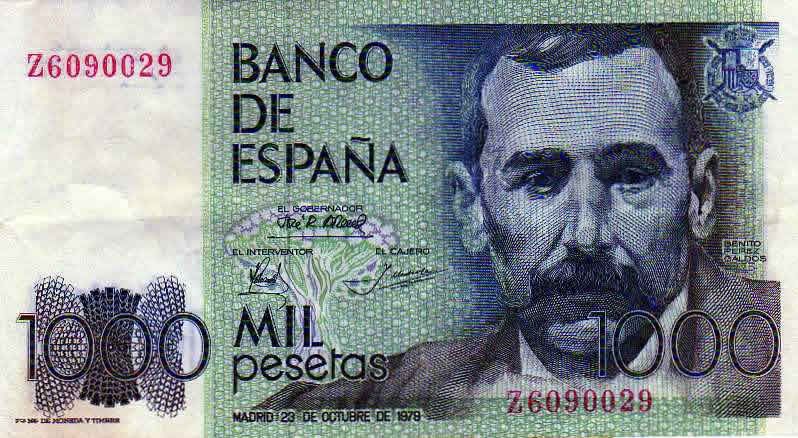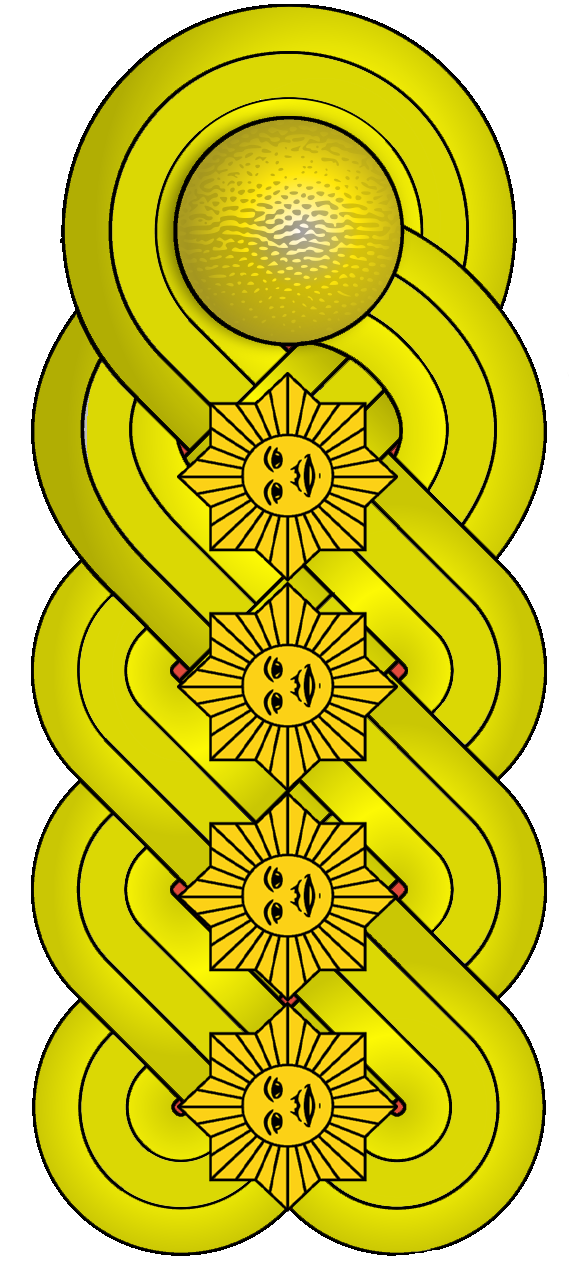|
Icod De Los Vinos
Icod de los Vinos is a municipality in the province of Santa Cruz de Tenerife on the island of Tenerife, in the Canary Islands (Spain), located in the northwestern part of the island. Inhabitants of Icod are known in Spanish as ''"icodenses"''. Icod has an area of , is situated at an altitude of above sea level, and had a population of 23,496 in 2022.Instituto Canario de Estadística Location Icod de los Vinos is located on a continuous smooth slope that stretches from the extensive of[...More Info...] [...Related Items...] OR: [Wikipedia] [Google] [Baidu] |
El Drago Milenario
El Drago, also known as Drago Milenario and Drago de Icod de los Vinos, is the oldest and largest living specimen of ''Dracaena draco'', or dragon tree, in Parque del Drago, Icod de los Vinos, Tenerife, Spain. It is said to be a thousand years old, although the age is disputed. It is one of the symbols of Tenerife, and was declared a national monument in 1917. Description It is the largest and oldest living specimen of ''Dracaena draco'' (common name dragon tree). It is in Parque del Drago, Icod de los Vinos in Tenerife. It is around tall, with a circumference around . It has over 300 main branches. The trunk contains a cavity accessible by a door, with a fan installed to provide ventilation. It is estimated to weigh around . When it flowered in 1995, it had around 1,800 flowering branches, with its weight increasing by during the fruiting season. It is one of the symbols of Tenerife. It was depicted on the 1,000 peseta note. It is part of the coat of arms for the Ic ... [...More Info...] [...Related Items...] OR: [Wikipedia] [Google] [Baidu] |
Canary Island Pine
''Pinus canariensis'', the Canary Island pine, is a species of gymnosperm in the conifer family Pinaceae. It is a large, evergreen tree, native and endemic to the outer Canary Islands of the Atlantic Ocean. Description ''Pinus canariensis'' is a large evergreen tree, growing to tall and diameter at breast height, exceptionally up to tall and girth ( diameter). The green to yellow-green leaves are needle-like, in bundles of three, long, with finely toothed margins and often drooping. A characteristic of the species is the occurrence of epicormic shoots with single (not in threes) glaucous (bluish-green) juvenile leaves growing from the lower trunk, but in its natural area this only occurs as a consequence of fire or other damage. The cones are long, wide, glossy chestnut-brown in colour and frequently remaining closed for several years (serotinous cones). Its closest relatives are the chir pine (''P. roxburghii'') from the Himalayas, the Mediterranean pines '' P.&n ... [...More Info...] [...Related Items...] OR: [Wikipedia] [Google] [Baidu] |
Dracaena Draco
''Dracaena draco'', the Canary Islands dragon tree or drago, is a subtropics, subtropical tree in the genus ''Dracaena (plant), Dracaena'', native plant, native to the Canary Islands, Cape Verde, Madeira, Mount Adad Madani, western Morocco, and possibly introduced into the Azores. It was first described by Carl Linnaeus in 1762 as ''Asparagus draco''. In 1767 he assigned it to the new genus, ''Dracaena (plant), Dracaena''. A related tree of similar appearance, the Socotra dragon tree ''Dracaena cinnabari'', grows on the island of Socotra, Yemen, more than 7000 km from the Canary Islands. Description ''Dracaena draco'' is an evergreen long lived tree capable of exceeding in height and having a trunk of or more in circumference, starting with a smooth bark that evolves to a more rough texture as it ages. The "dragon tree" is a Monocot, with a branching growth pattern currently placed in the asparagus family (Asparagaceae, subfamily Nolinoidae). When young it has a single stem ... [...More Info...] [...Related Items...] OR: [Wikipedia] [Google] [Baidu] |
Parque Del Drago
Drago Park () is a park and one of the main visitor attractions in Icod de los Vinos, Tenerife. Created at the turn of the millennium, it contains El Drago Milenario, a dragon tree thought to be around 1,000 years old, as well as a variety of other native plants. Contents The park has an area of around . It houses the El Drago Milenario, the oldest and largest specimen of ''Dracaena draco'' (dragon tree) in existence, and one of the symbols of Tenerife, estimated to be between 800 and 1,000 years old. It also has a variety of other plants that are endemic to Tenerife and the Canary Islands, including younger specimens of ''Dracaena draco'', cardoons, and tabaibas. It also houses a winery and coal bunker, as well as a cave with a representation of a Guanches, Guanche burial. History The park was created around the El Drago Milenario, and is the main attraction in Icod de los Vinos. It was designed between 1997 and 2000 by two professors of the University of La Laguna, Wilfredo ... [...More Info...] [...Related Items...] OR: [Wikipedia] [Google] [Baidu] |
Venezuela
Venezuela, officially the Bolivarian Republic of Venezuela, is a country on the northern coast of South America, consisting of a continental landmass and many Federal Dependencies of Venezuela, islands and islets in the Caribbean Sea. It comprises an area of , and its population was estimated at 29 million in 2022. The capital and largest urban agglomeration is the city of Caracas. The continental territory is bordered on the north by the Caribbean Sea and the Atlantic Ocean, on the west by Colombia, Brazil on the south, Trinidad and Tobago to the north-east and on the east by Guyana. Venezuela is a presidential republic consisting of States of Venezuela, 23 states, the Venezuelan Capital District, Capital District and Federal Dependencies of Venezuela, federal dependencies covering Venezuela's offshore islands. Venezuela is among the most urbanized countries in Latin America; the vast majority of Venezuelans live in the cities of the north and in the capital. The territory o ... [...More Info...] [...Related Items...] OR: [Wikipedia] [Google] [Baidu] |
José Antonio Páez
José Antonio Páez Herrera (; 13 June 1790 – 6 May 1873) was a Venezuelan politician and military officer who served as the president of Venezuela three times. The first as the 5th president from 1830 to 1835, the second as the 8th president from 1839 to 1843, and the third as the 15th president from 1861 to 1863. He fought against the Spanish Crown for Simón Bolívar during the Venezuelan War of Independence. Páez later led Venezuela's independence from Gran Colombia. Páez dominated the country's politics for most of the next three decades once the country had achieved independence from Gran Colombia, serving either as president or as the power behind puppet presidents. He is considered a prime example of a 19th-century South American caudillo, saddling the country with a legacy of authoritarian rule that lasted with only a few breaks until 1958. He lived in Buenos Aires and New York City during his years in exile and died in the latter in 1873. Biography Early life P� ... [...More Info...] [...Related Items...] OR: [Wikipedia] [Google] [Baidu] |
Grape
A grape is a fruit, botanically a berry, of the deciduous woody vines of the flowering plant genus ''Vitis''. Grapes are a non- climacteric type of fruit, generally occurring in clusters. The cultivation of grapes began approximately 8,000 years ago, and the fruit has been used as human food throughout its history. Eaten fresh or in dried form (as raisins, currants and sultanas), grapes also hold cultural significance in many parts of the world, particularly for their role in winemaking. Other grape-derived products include various types of jam, juice, vinegar and oil. History The Middle East is generally described as the homeland of grapes and the cultivation of this plant began there 6,000–8,000 years ago. Yeast, one of the earliest domesticated microorganisms, occurs naturally on the skins of grapes, leading to the discovery of alcoholic drinks such as wine. The earliest archeological evidence for a dominant position of wine-making in human culture dates f ... [...More Info...] [...Related Items...] OR: [Wikipedia] [Google] [Baidu] |
Sugarcane
Sugarcane or sugar cane is a species of tall, Perennial plant, perennial grass (in the genus ''Saccharum'', tribe Andropogoneae) that is used for sugar Sugar industry, production. The plants are 2–6 m (6–20 ft) tall with stout, jointed, fibrous stalks that are rich in sucrose, which accumulates in the Plant stem, stalk internodes. Sugarcanes belong to the grass family, Poaceae, an economically important flowering plant family that includes maize, wheat, rice, and sorghum, and many forage crops. It is native to New Guinea. Sugarcane was an ancient crop of the Austronesian people, Austronesian and Indigenous people of New Guinea, Papuan people. The best evidence available today points to the New Guinea area as the site of the original domestication of ''Saccharum officinarum''. It was introduced to Polynesia, Island Melanesia, and Madagascar in prehistoric times via Austronesian sailors. It was also introduced by Austronesian sailors to India and then to Southern China by 500 ... [...More Info...] [...Related Items...] OR: [Wikipedia] [Google] [Baidu] |
Wine
Wine is an alcoholic drink made from Fermentation in winemaking, fermented fruit. Yeast in winemaking, Yeast consumes the sugar in the fruit and converts it to ethanol and carbon dioxide, releasing heat in the process. Wine is most often made from grapes, and the term "wine" generally refers to grape wine when used without any qualification. Even so, wine can be made fruit wine, from a variety of fruit crops, including plum, cherry, pomegranate, blueberry, Ribes, currant, and Sambucus, elderberry. Different varieties of grapes and Strain (biology), strains of yeasts are major factors in different styles of wine. These differences result from the complex interactions between the Biochemistry, biochemical development of the grape, the reactions involved in fermentation, the grape's growing environment (terroir), and the wine production process. Many countries enact legal appellations intended to define styles and qualities of wine. These typically restrict the geographical origin ... [...More Info...] [...Related Items...] OR: [Wikipedia] [Google] [Baidu] |
Santa Cruz De Tenerife
Santa Cruz de Tenerife (; locally ), commonly abbreviated as Santa Cruz, is a city, the capital of the island of Tenerife, Province of Santa Cruz de Tenerife, and one of the capitals of the Canary Islands, along with Las Palmas. Santa Cruz has a population of 211,436 (2024) within its administrative limits.Instituto Canario de Estadística , population The Larger Urban Zones, urban zone of Santa Cruz extends beyond the city limits with a population of 507,306 and 538,000 within urban area. It is the second largest city in the Canary Islands and the main city on the island of Tenerife, with nearly half of the island's population living in or around it. Santa Cruz is located in the northeast quadrant of Tenerife, off the north-western c ... [...More Info...] [...Related Items...] OR: [Wikipedia] [Google] [Baidu] |
Vineyard
A vineyard ( , ) is a plantation of grape-bearing vines. Many vineyards exist for winemaking; others for the production of raisins, table grapes, and non-alcoholic grape juice. The science, practice and study of vineyard production is known as viticulture. Vineyards are often characterised by their , a French term loosely translating as "a sense of place" that refers to the specific geographical and geological characteristics of grapevine plantations, which may be imparted to the wine itself. History The earliest evidence of wine production dates from between 6000 and 5000 BC. Wine making technology improved considerably with the ancient Greeks but it was not until the end of the Roman Empire that cultivation techniques as we know them were common throughout Europe. In medieval Europe the Catholic Church was a staunch supporter of wine, which was necessary for the celebration of the Mass (liturgy), Mass. During the lengthy instability of the Middle Ages, the monasteries m ... [...More Info...] [...Related Items...] OR: [Wikipedia] [Google] [Baidu] |






